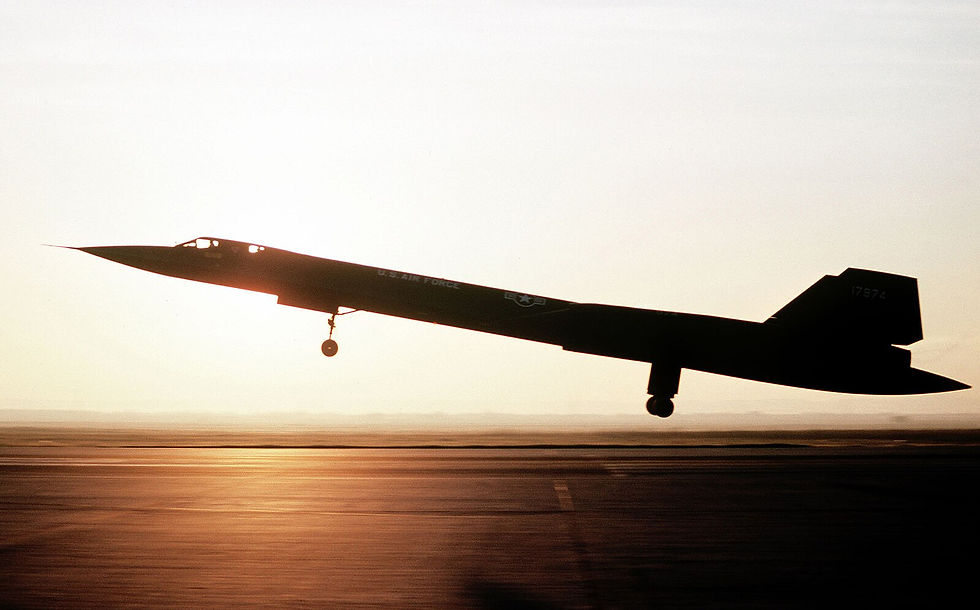Solar-Powered Hydrogen Stations Let Military Drones Fly Six Months Without Refueling
- HX

- Nov 9
- 2 min read

The future of military drone operations has arrived with a breakthrough refueling system that converts sunlight and air into hydrogen fuel. Developed by Michigan defense contractor Sesame Solar in partnership with Heven AeroTech, this innovative technology eliminates one of the most critical vulnerabilities in modern warfare: fuel supply chains.
How the Solar Hydrogen Refueling System Works
The mobile Drone Refueling Nanogrid represents a remarkable fusion of renewable energy and military logistics. The trailer-sized system deploys in just 15 minutes and requires only a single operator to manage continuous operations.
The process begins with solar panels generating electricity from sunlight. This power drives an atmospheric water generator that extracts moisture directly from the air, even in arid environments. Through electrolysis, the captured water splits into hydrogen and oxygen. The hydrogen is then stored in solidstate tanks at low pressure, completely eliminating the explosion risks associated with traditional compressed hydrogen storage.
Extended Flight Times Give Military Forces New Capabilities
When paired with Heven AeroTech's Z-1 vertical takeoff and landing drones, the system delivers extraordinary operational advantages. These hydrogen fuel cell-powered aircraft achieve over eight hours of flight time per mission, approximately six times longer than conventional battery-powered drones.
According to Sesame Solar CEO Lauren Flanagan, silent hydrogen-powered drones outperform traditional battery or gas-powered alternatives for several critical reasons. Battery drones typically run for only one or two hours before requiring recharge. Both battery and gas systems generate higher thermal and acoustic signatures that increase enemy detection rates. The reduced heat and noise output from hydrogen fuel cells makes these drones significantly harder to detect and target, providing crucial advantages in contested environments.
Six Months of Autonomous Operations
Perhaps most impressive is the system's endurance. Once deployed, the nanogrid can support around-the-clock drone operations for up to six months without requiring external fuel deliveries. This capability transforms military planning for remote outposts, forward operating bases, and extended surveillance missions.
Each Z-1 drone carries a 10-pound sensor payload for intelligence gathering and reconnaissance. The complete package includes two drones, satellite communications, radar systems, edge computing capabilities, and atmospheric water generation equipment. Heven AeroTech CEO Bentzion Levinson emphasizes that their hydrogen-powered unmanned aerial systems paired with Sesame's mobile refueling stations can maintain 24/7 operations for months in remote environments, without the need to transport hydrogen fuel.
The Future of Hydrogen-Powered Military Drones
Hydrogen fuel cell drones have existed in experimental form since NASA programs in the 1990s. However, logistics challenges surrounding hydrogen storage and refueling have historically limited military adoption. The Sesame Solar and Heven AeroTech partnership aims to overcome these barriers by generating and storing hydrogen on site, eliminating the infrastructure requirements that previously made hydrogen drones impractical for field deployment.
As military forces worldwide seek to extend unmanned system capabilities while reducing logistical vulnerabilities, solar-powered hydrogen generation represents a potential paradigm shift. The technology offers a solution for keeping drones airborne in locations where fuel trucks cannot safely travel, potentially reshaping how military forces conduct surveillance, reconnaissance, and extended operations in remote or contested environments. The combination of renewable energy, atmospheric water harvesting, and hydrogen fuel cell technology creates a self-sustaining system that could redefine what's possible for military drone operations in the 21st century.
.png)



Comments